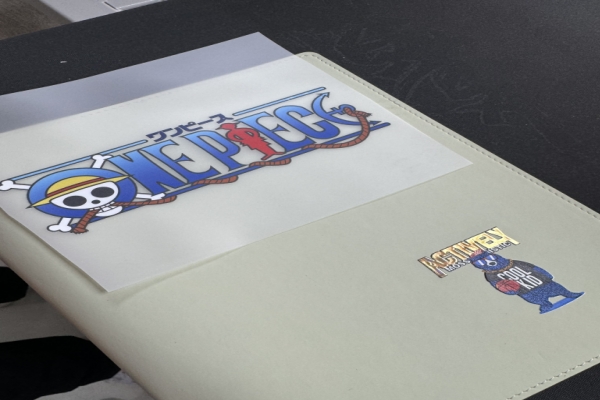12
May

Direct-to-Film (DTF) printing isn't just for T-shirts anymore. It's become a go-to method for slapping bold, long-lasting graphics onto all kinds of hard and semi-rigid items. From ceramic mugs to wooden plaques, glass jars to plastic phone cases, DTF offers a way to turn everyday objects into personalized keepsakes or branded merchandise.
If you're an artist, a small-business owner, or someone who just loves a good DIY project, read on—we'll walk through why DTF works on so many surfaces, how to get it right, and share tips from real-world experience.
At its simplest, DTF is a two-step process: print your art onto a special film, then heat-press it onto the item you want to decorate. First, a printer lays down pigment inks plus a white-ink base on a clear or opaque transfer film. While the print is still damp, you dust on a fine adhesive powder. A quick run through a low-heat tunnel or oven fuses that powder to the ink.
Finally, you position the cured film on your clean, prepared surface and apply heat and pressure. Peel off the film, and voila—a crisp, full-color image that resists scratching, washing, and everyday wear.
You might wonder, why go through DTF instead of screen printing, sublimation, or vinyl? Here’s why many makers prefer it:
1- Works on Almost Anything: Whether it's textured wood, or molded plastic, DTF adapts without needing a bunch of different machines.
2- Colors Pop: That white underlayer makes reds redder, blues bluer, and keeps images opaque even on dark or transparent backgrounds.
3- Built to Last: If you cure it right and press with the correct temps, the transfers shrug off scratches, washes, and daily handling.
4- Great for Small Runs: No expensive screens or minimums—print one, ten, or a hundred items without breaking the bank.
5- Instant Design Changes: Want to tweak a logo or swap out a photo at the last minute? Just update your digital file and print.
Every material has its quirks. Here’s a quick hands-on guide:
Ideal for leather. Clean off any grease with alcohol wipes, maybe preheat slightly to drive off moisture, then press at roughly 300–325°F for about 10–15 seconds.
.jpg)
Perfect for keychains, badge plates, and tumblers. Metals often need a primer or light powder coating first to prevent rust and help the ink stick. Aim for 300–350°F, 10–15 seconds, tweaking times based on the coating thickness.
From coasters to wall plaques, wood soaks up transfers beautifully once it’s sanded smooth and dust-free. Use about 300°F for 10–12 seconds. Dark, porous woods sometimes need an extra pass of white ink to let your colors shine.
Phone cases, water bottles, gadgets—you name it. Plastics vary wildly, so always run a small test piece. Start around 275–300 °F for 8–12 seconds, and consider a plastic-specific primer if your prints keep peeling.
.jpg)
DTF isn't just theoretical, you can put it to work in all sorts of projects:
DTF chemistry—inks, powders, films—gets better every year, opening doors to ever-more unusual substrates. As on-demand customization and micro-runs become standard, processes that let you change designs instantly and print single items will only grow in popularity. Manufacturers, startups, and big brands alike will depend on DTF's ease and low-volume economics to stand out.
DTF printing has shattered the idea that transfers belong only on clothing. By mastering surface prep, dialing in your press settings, and experimenting with post-press finishes, you can turn ceramics, glass, metal, wood, and plastic into vibrant, lasting pieces. Grab your designs, tweak your process, and watch everyday objects come alive - one brilliant transfer at a time.
Good luck with your future DTF innovations!
